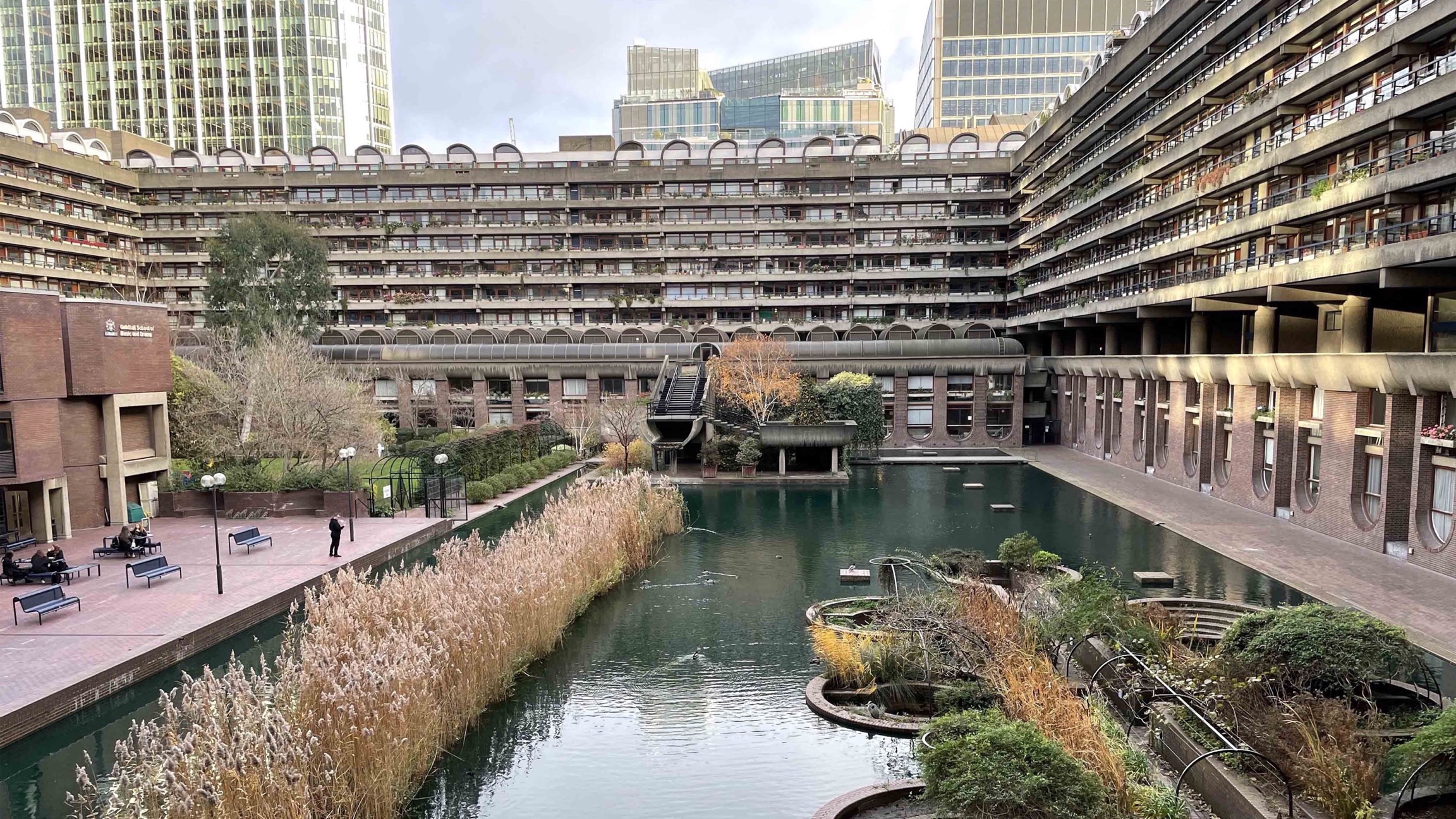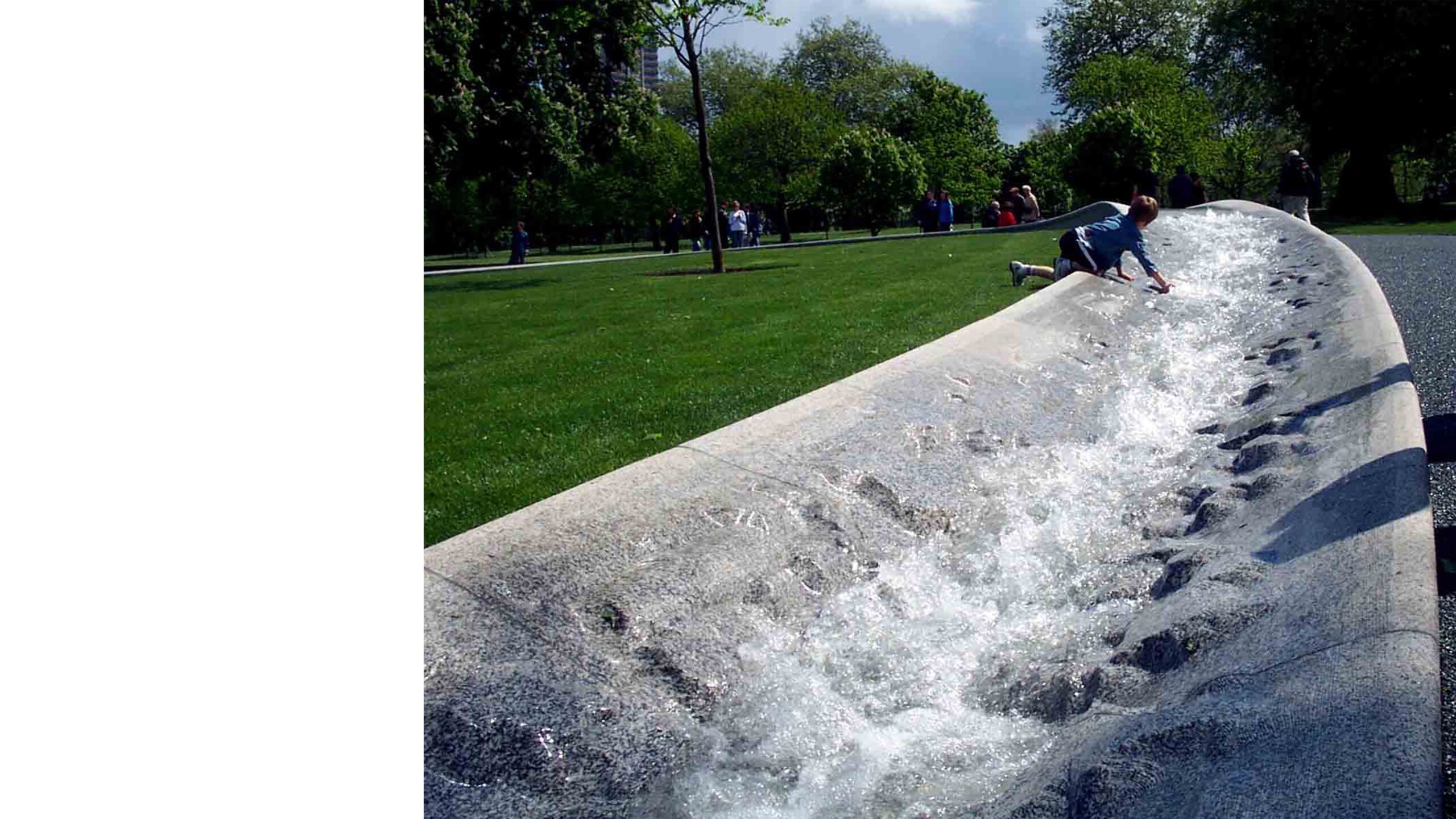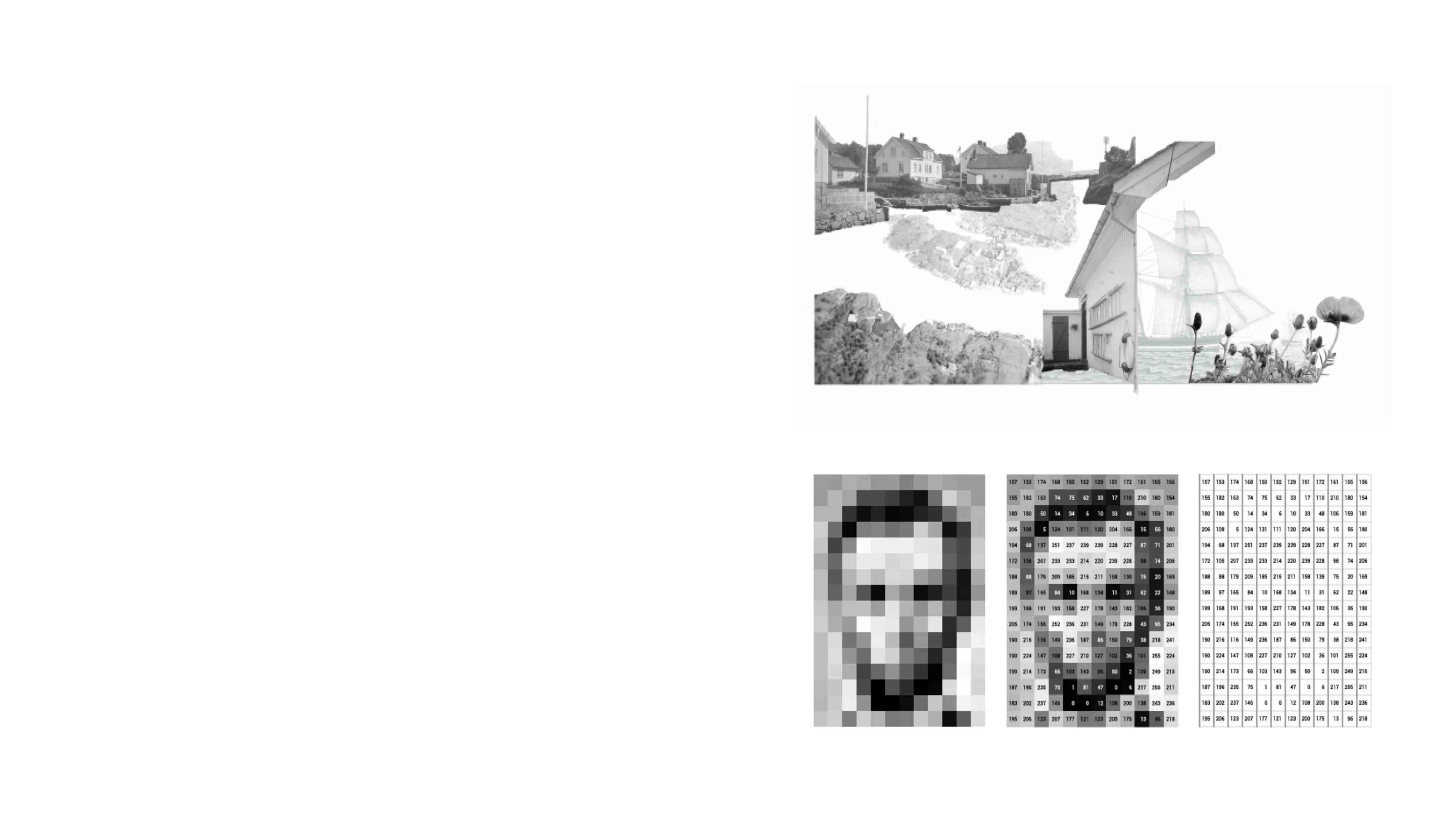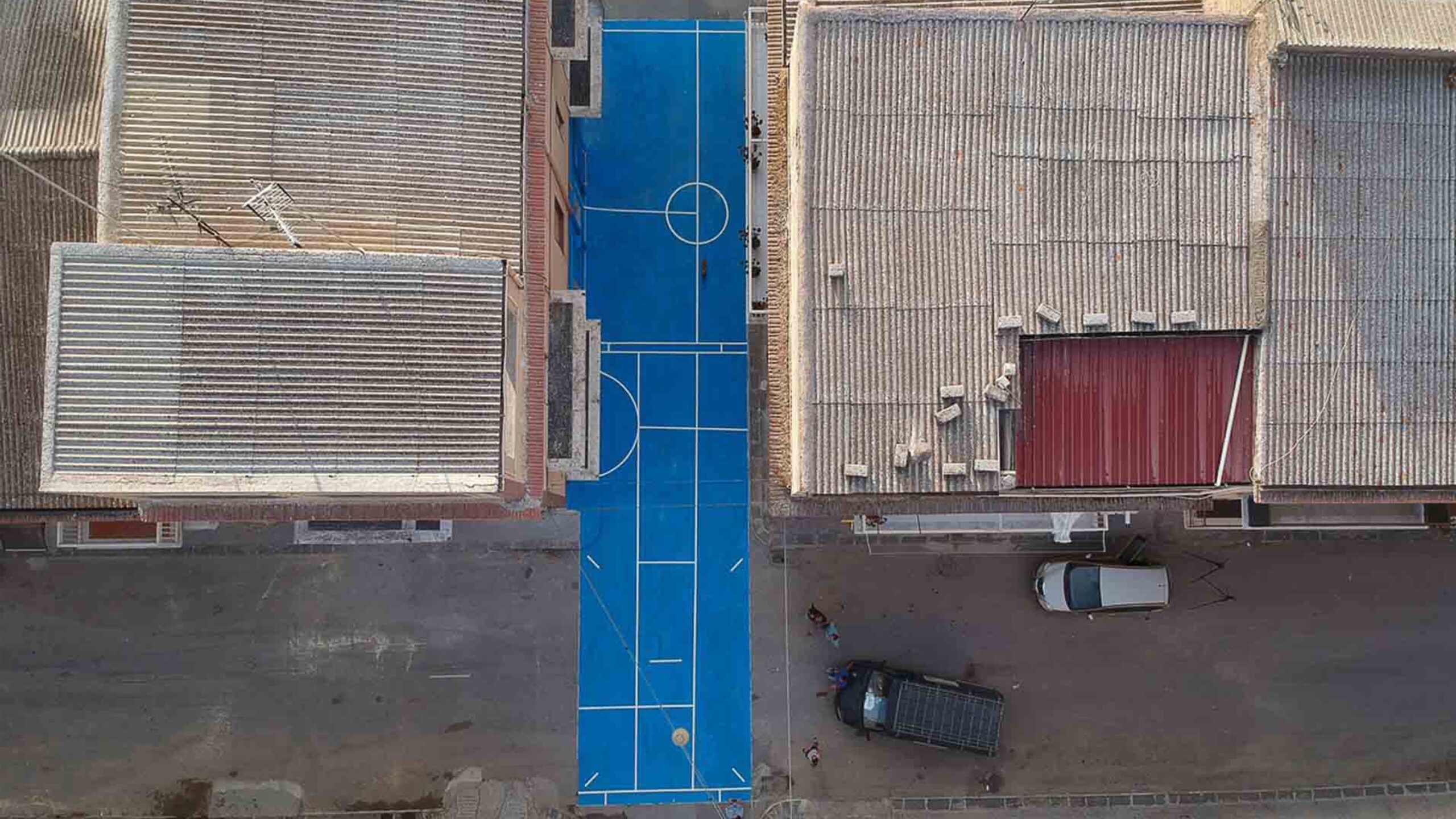BA Cultural Context ARCHIVE
Tutors: Nick Beech, Kate Jordan, and Ben Stringer
Nick Beech (module leader CC1) is an architectural historian and teaches history as part of a wide range of material cultural practices.
Kate Jordan (module leader CC2) is an architectural historian with research interests in gender, heritage and faith architecture.
Ben Stringer (module leader CC3) teaches design and cultural context. His recent publications focus on ideas about the rural.
CC1 Tutors: Susanne Bauer, Nick Beech, Maja Jovic, Diana Periton, Mirna Pedalo, Matthew Stewart, Alessandro Toti
CC2 Tutors: Susanne Bauer, Paolo Cascone, Davide Deriu, François Girardin, Clare Hamman, Kate Jordan, Maja Jovic, Constance Lau, Gwyn Lloyd Jones, Luz Navarro, Diana Periton, Michael Rose, Alessandro Toti
CC3 Tutors: Susanne Bauer, Nick Beech, Davide Deriu, François Girardin, Kate Jordan, Constance Lau, Gwyn Lloyd Jones, Diana Periton, Michael Rose, Ben Stringer, Mireille Tchapi, Victoria Watson, John Zhang
On the BA Cultural Context programme students progress through one module per year: CC1 – A History of Architecture; CC2 – Architectural History and Urbanism; and CC3 – Dissertation.
CC1 continued with its programme exploring the history of architecture, this year with a particular emphasis on the history of London. From the remains of Londinium to the architecture of late 20th-century financial institutions in the City, students were introduced to the rich diversity of architectural production, including ancient temples, churches, villas, ordinary houses, offices, hotels, railway stations and civic arts centres. As in previous years, students tested different perspectives on the diversity of architectural cultures throughout history and across the globe, presenting their own interpretations in written essays and verbal presentations based on evidence – buildings, drawings, photographs and texts – sensitive to specific cultural and environmental conditions.
This year CC2 comprised a series of walks, lectures and seminars, examining themes that included gender, environmental sustainability, heritage, regeneration and gentrification, and cultural identity. The curated lecture series introduced active research in architecture and urban studies being conducted by staff within the School and students produced group workbooks that reviewed and analysed these lectures. The live guest lecture series introduced students to cross-disciplinary research into the built environment from practitioners and academics in the fields of histor y, archival studies, the arts, and English literature. Students had guided visits to sites and selected their own case studies to explore independently for the presentation assessment.
In CC3, students choose, research and write about their own topics for their dissertation. This is done with the support of seminars, presentations and weekly tutorials.The dissertation is a major opportunity for students to begin shaping the trajectory of their own academic and professional careers. This year the topics chosen by students were as diverse as ever. Among the many notable ones were: Julie Krafft Bruland’s analysis of architectural heritage issues on the island of Lyngør; Faye Ayroso’s study of spatial memorials; Magdalena Swiech’s examination of domestic space and mental health in the COVID era; Gabriel Troisi’s research into the use of machine learning and neural networks in design; and Victoria Pearce’s study of migrant integration and village revitalisation programmes in southern Italy.















